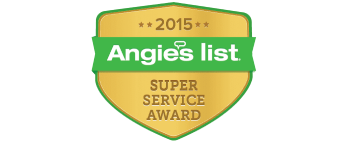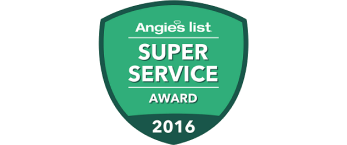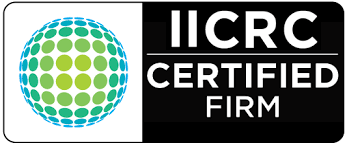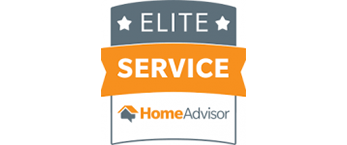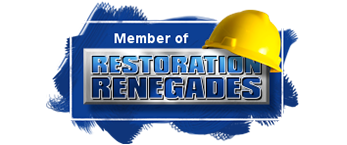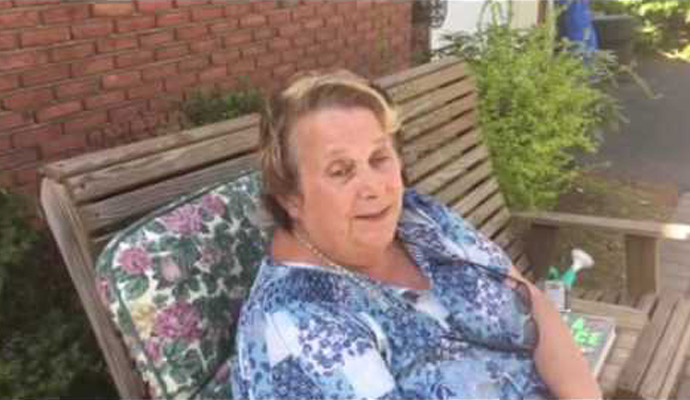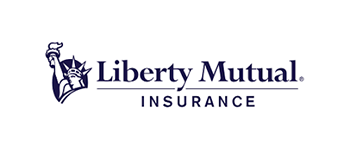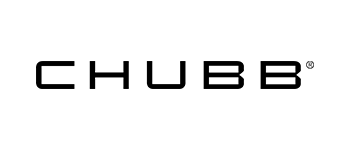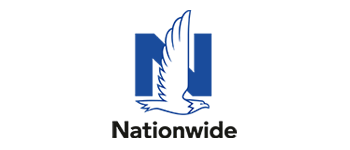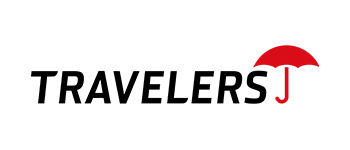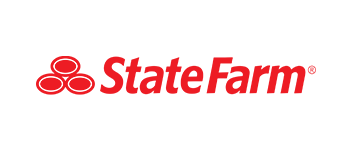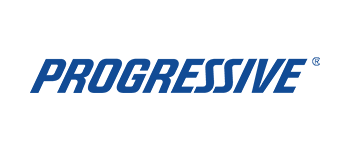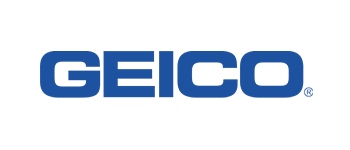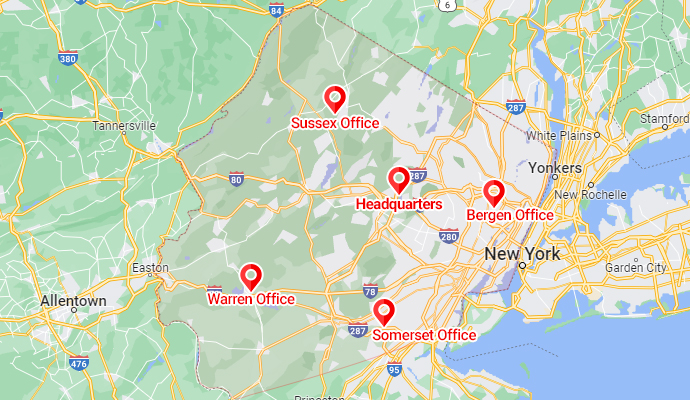What is the S500 in Fire & Water Damage Restoration?
In the field of Fire and Water Damage Restoration, standards and guidelines are crucial to ensure effective and safe remediation practices. One of the most important standards is the S500, developed by the Institute of Inspection, Cleaning and Restoration Certification (IICRC). The S500 provides a comprehensive framework for professionals dealing with wet, damp, and moisture-related issues in various settings, including fire damage scenarios. This article explains what the S500 standard is and its relevance in Fire and Water Damage Restoration, including aspects like Fire Damage Restoration, Smoke Damage Cleanup, Soot Removal, Emergency Fire Restoration Services, Fire and Water Damage Repair, Fire Damage Assessment, and Insurance Claims.
Understanding the S500 Standard
The IICRC S500 is a consensus-based standard that outlines the procedures and principles for water damage restoration. It serves as a guideline for professionals to ensure high-quality and effective restoration practices. The standard is periodically updated to reflect the latest scientific research and industry best practices.
- Scope and Purpose
- The S500 standard covers the inspection, cleaning, and restoration of water-damaged structures and contents. It includes guidelines for drying, dehumidifying, and sanitizing affected areas to prevent mold growth and structural damage.
- Application in Different Areas
- The standard applies to various scenarios, including residential, commercial, and institutional settings. It provides detailed procedures for dealing with water damage in different parts of a building, such as the bathroom, kitchen, and areas around the sink and toilet.
Key Components of the S500 Standard
- Assessment and Documentation
- The S500 emphasizes the importance of a thorough assessment and documentation process. Professionals are required to conduct a detailed Fire Damage Assessment and document all findings to support Insurance Claims. This includes identifying the source of water, the extent of damage, and potential health hazards.
- Water Damage Categories and Classes
- The standard categorizes water damage into three types: clean water (Category 1), grey water (Category 2), and black water (Category 3). Each category requires specific handling procedures to ensure effective remediation.
- It also classifies water damage into four classes based on the extent of the damage and the required drying efforts. This classification helps determine the appropriate methods and equipment for restoration.
- Drying and Dehumidification
- Effective drying and dehumidification are critical components of the S500. The standard provides guidelines for using drying fans, dehumidifiers, and heaters to remove moisture and reduce humidity levels. Proper drying prevents mold growth and ensures that all wet and damp areas, including hidden spaces, are thoroughly dried.
- Cleaning and Sanitization
- Cleaning and sanitizing are essential steps in the restoration process. The S500 outlines procedures for cleaning and sanitizing affected areas, including surfaces around the bathroom, sink, and toilet. These steps ensure that the area is safe and free from contaminants.
- Mold Prevention
- Preventing mold growth is a significant focus of the S500. The standard provides guidelines for identifying and mitigating mold risks through proper drying, cleaning, and sanitization. This helps maintain a clean and healthy environment.
Relevance in Fire Damage Restoration
While the S500 primarily addresses water damage, its principles are highly relevant in Fire Damage Restoration. Firefighting efforts often involve significant water usage, leading to moisture and humidity issues that need to be addressed promptly.
- Smoke Damage Cleanup and Soot Removal
- The S500's guidelines for cleaning and drying are crucial in Smoke Damage Cleanup and Soot Removal. Removing moisture from smoke-affected areas prevents further damage and helps eliminate odors.
- Emergency Fire Restoration Services
- In Emergency Fire Restoration Services, applying the S500 standard ensures that water damage caused by firefighting is effectively managed. This includes drying out the structure and contents, preventing mold growth, and sanitizing the environment.
- Supporting Insurance Claims
- Thorough documentation and adherence to the S500 standard support Insurance Claims for Fire Damage. Detailed records of the restoration process, including assessments and cleaning efforts, provide evidence needed for claims.
Conclusion
The S500 standard is a vital tool in Fire and Water Damage Restoration. It provides a structured approach to assessing, cleaning, and restoring water-damaged properties, ensuring that wet, damp, and moisture-affected areas are thoroughly dried and sanitized. By following the S500 guidelines, professionals can effectively manage Fire Damage Restoration, Smoke Damage Cleanup, Soot Removal, and support successful Insurance Claims for Fire Damage. This comprehensive approach helps restore properties to a safe and habitable condition, protecting both structures and occupants.
At PDQ Restoration, we take pride in offering expert water and fire damage restoration services to homeowners in North Jersey. With numerous positive reviews on Google, we are highly regarded for our professionalism, efficiency, and dedication to customer satisfaction. Trust us to keep your home safe and structurally sound.


